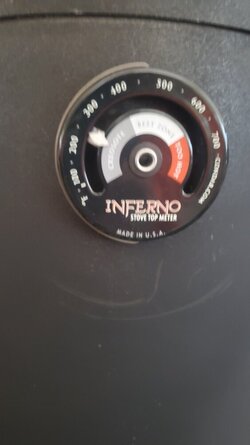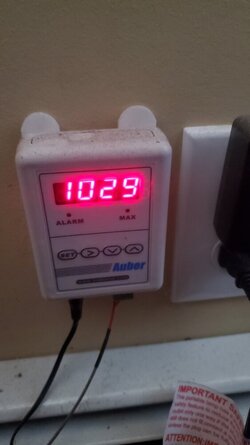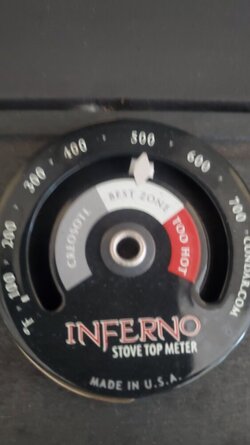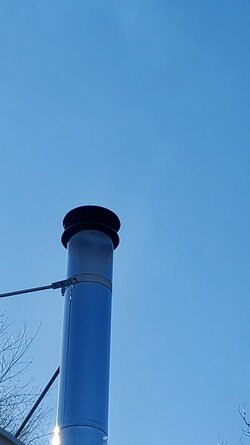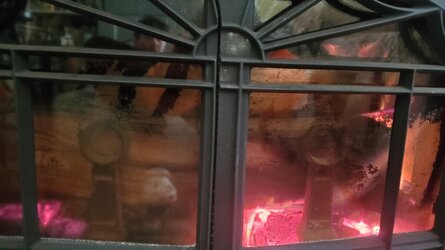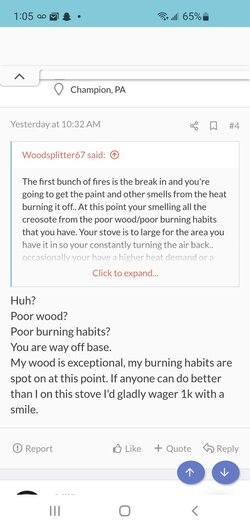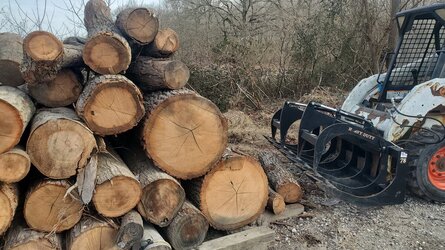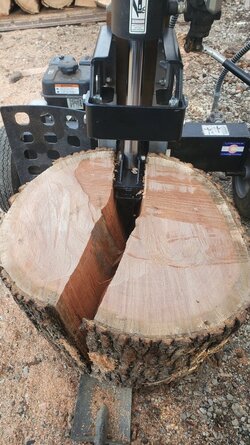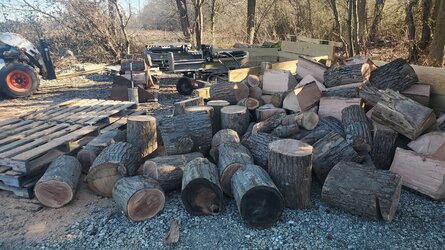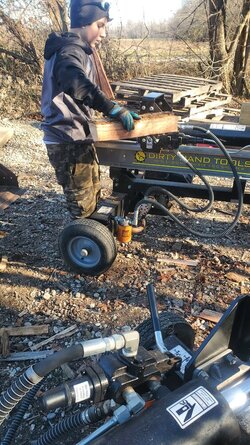arnermd
Minister of Fire
So.... I agree with all your comments and understand that draft is essential and variable. For proper operation it need to be in an acceptable range.Draft is the engine that drives the stove. when draft is super high its pulling tons of air through the stove.. Its also the opposite.. Lack of draft will kill the stove and stall the cat/stove.
My question is what is the acceptable range?
- I have found no guidance from VC for my stove.
- Has anybody measured their draft levels? If so what pressure was measured, where and under what conditions?
In my setup:
- I get very active flames with the stove in bypass, I suspect everybody does.
- I have very limited control on griddle / flue temps in bypass. If I close air all the way down temps generally will continue to rise. Again I suspect this is normal as air is coming in through the secondary which I have no control over.
- In cat mode if I close my air all the way down early in a full load my griddle temps will crash <300 while cat temps will soar to 1600.


